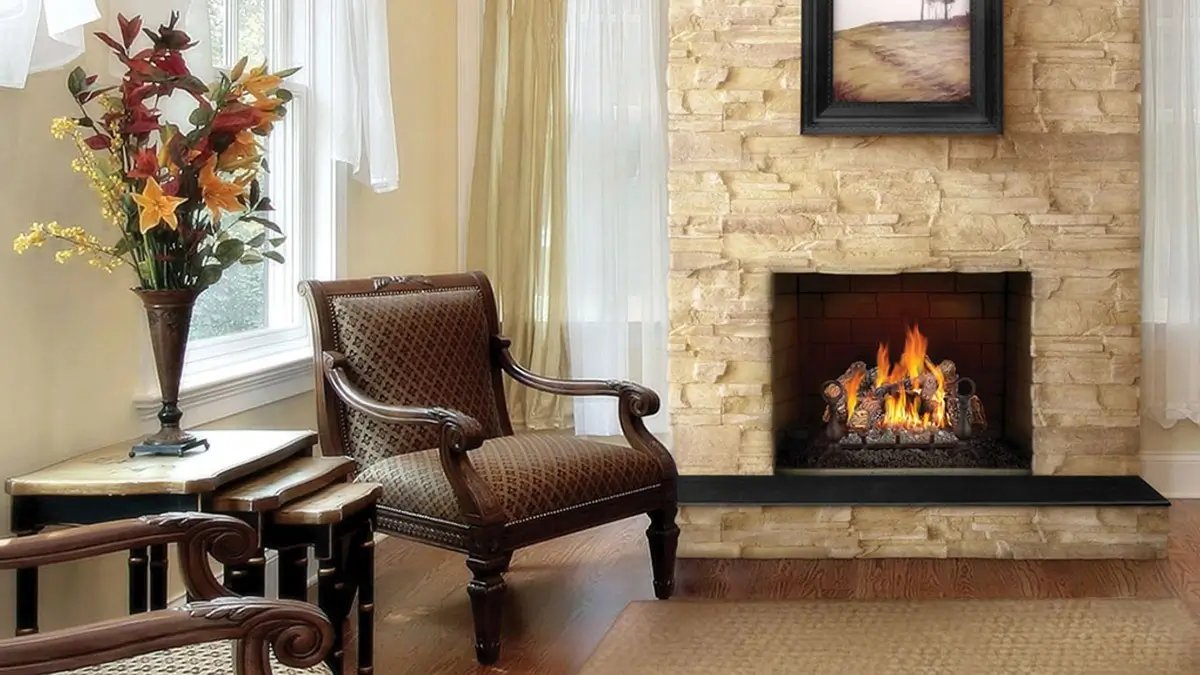

Articles
What Is A Gas Log Fireplace
Modified: April 22, 2024
Read informative articles about gas log fireplaces and learn everything you need to know about their features, installation, and maintenance.
(Many of the links in this article redirect to a specific reviewed product. Your purchase of these products through affiliate links helps to generate commission for Storables.com, at no extra cost. Learn more)
Introduction
A gas log fireplace is a popular choice among homeowners who want the warmth and ambiance of a traditional wood-burning fireplace without the hassle and maintenance associated with it. These fireplaces use natural gas or propane to produce flames that imitate the look of burning logs. The gas log fireplace offers convenience, efficiency, and versatility, making it an attractive option for both modern and traditional homes.
When you think of a cozy fireplace, you might envision the crackling sounds and warm glow of a traditional wood fire. While wood-burning fireplaces have their charm, they come with drawbacks such as the need to chop, store, and haul wood, along with the tedious task of cleaning up ashes. Gas log fireplaces, on the other hand, eliminate these inconveniences while still providing the comforting ambiance of a real fire.
One of the key benefits of a gas log fireplace is its ease of use. With just the flip of a switch or a push of a button, you can ignite the flames and enjoy instant warmth in your living space. This convenience is particularly appealing during cold winter months.
Gas log fireplaces also offer greater control over heat output compared to traditional wood-burning fireplaces. They typically come with adjustable flame settings that allow you to customize the level of heat and intensity according to your preference.
Furthermore, gas log fireplaces are known for their energy efficiency. Unlike wood-burning fireplaces that lose a significant amount of heat through the chimney, gas log fireplaces are designed to provide direct heat. This means that more heat is directed into the room, resulting in better energy utilization and lower heating costs.
In addition to being efficient, gas log fireplaces are environmentally friendly. They produce fewer emissions compared to traditional wood-burning fireplaces, which can release harmful particles and contribute to air pollution. Gas log fireplaces also don’t contribute to deforestation as there is no need for cutting down trees for firewood.
Whether you’re looking to upgrade your existing fireplace or create a new focal point in your home, a gas log fireplace offers a range of options to suit your needs. From realistic log sets to modern designs, there is a gas log fireplace that can complement any décor style and enhance the ambiance of your living space.
In the following sections, we will delve deeper into how gas log fireplaces work, the different types available, their pros and cons, installation and maintenance considerations, safety precautions, and how they compare to other fireplace options. Let’s explore the world of gas log fireplaces and discover why they have become a popular choice for homeowners.
Key Takeaways:
- Gas log fireplaces offer convenience, energy efficiency, and realistic flame appearance, making them a hassle-free and visually appealing alternative to traditional wood-burning fireplaces.
- Proper installation, regular maintenance, and adherence to safety guidelines are crucial for ensuring the safe and efficient operation of gas log fireplaces, providing warmth and ambiance with peace of mind.
Read more: How To Install Gas Logs In Fireplace
How Does a Gas Log Fireplace Work?
A gas log fireplace operates by burning either natural gas or propane to create flames that simulate the appearance of a traditional wood-burning fire. The fireplace consists of several key components that work together to provide heat and create the realistic flame effect.
The primary component of a gas log fireplace is the burner. The burner is responsible for distributing the gas and creating a controlled flame. It is usually made of stainless steel and designed to resemble the shape and arrangement of real burning logs. The burner is connected to a gas supply line, which may be connected to a natural gas line if available or a propane tank.
A gas valve controls the flow of gas to the burner. This valve is connected to a gas control knob located either on the fireplace itself or on a remote control. By turning the knob, you can adjust the amount of gas flowing to the burner, thereby regulating the size and intensity of the flame.
To create the appearance of burning logs, gas log fireplaces are equipped with ceramic logs. These logs are specially designed to withstand high temperatures and mimic the look of real wood logs. They are arranged on the burner in a realistic pattern, making it difficult to distinguish them from actual burning logs.
In addition to the logs, gas log fireplaces often feature ember bed materials. These materials, such as lava rocks or ceramic fibers, are placed on the burner and provide further realism by simulating the glowing embers found in a traditional wood fire.
To ensure the safety of the fireplace, gas log fireplaces are equipped with various safety features. These include oxygen depletion sensors, which monitor the oxygen level in the room and automatically shut off the fireplace if it drops to a certain threshold. Most gas log fireplaces also have a thermocouple or thermopile, which detects whether the pilot light is lit and cuts off the gas supply if it is extinguished.
The operation of a gas log fireplace is straightforward. Once the gas supply is connected and the ignition system is activated, you can ignite the pilot light using either a standing pilot or an electronic ignition system. Once the pilot light is lit, it will provide a small flame that ignites the gas supply when the main burner is turned on. With the gas flowing and the burner activated, the flames will heat the ceramic logs and ember bed materials, creating the illusion of a real fire.
Gas log fireplaces often come with additional features, such as fan blowers or heat circulation systems, to distribute the generated heat more efficiently throughout the room. Some models also offer remote control operation, allowing you to conveniently adjust the flame height and heat output from a distance.
In the next sections, we will explore the different types of gas log fireplaces, their pros and cons, as well as important considerations for installation, maintenance, and safety.
Types of Gas Log Fireplaces
Gas log fireplaces come in a variety of types, each offering distinct features and design options. Whether you prefer a more traditional look or a modern, sleek design, there is a gas log fireplace to suit your style and needs. Let’s explore the different types:
- Vented Gas Log Fireplaces: Vented gas log fireplaces are designed to mimic the appearance of a traditional wood-burning fireplace. These fireplaces require a chimney or flue to vent the combustion gases outside. The venting allows for a more realistic flame presentation and adds to the overall ambiance. Vented gas log fireplaces are known for their resemblance to a real wood fire, with the flames dancing around the logs. They provide an open, radiant heat source, but the warmth they generate is often less efficient compared to other types.
- Ventless or Vent-Free Gas Log Fireplaces: Ventless gas log fireplaces, as the name suggests, do not require a chimney or external venting. They are designed to burn the gas fuel so efficiently that the resulting combustion gases can be safely released into the room. Ventless gas log fireplaces offer high heat efficiency because the heat energy is not lost through the venting system. They are popular for their convenience and the ability to install them in various locations within a home. However, it is important to note that some areas have regulations or limitations on the use of ventless fireplaces, so check with local authorities before installing one.
- Gas Log Fireplace Inserts: Gas log fireplace inserts are designed to fit into an existing wood-burning fireplace, converting it into a gas-burning one. These inserts offer convenience and efficiency while preserving the aesthetic appeal of a traditional fireplace. They are typically vented, using the existing chimney or a new venting system. Gas log fireplace inserts often come with features like adjustable flame height, remote control operation, and heat distribution mechanisms.
- Freestanding Gas Log Stoves: Freestanding gas log stoves provide a stand-alone heating option and can be placed in any room where you desire additional warmth and visual appeal. They resemble traditional wood-burning stoves but operate on gas fuel. These stoves offer versatility in terms of installation and can be vented or ventless, depending on the model. Freestanding gas log stoves often feature glass doors that provide a view of the flames and offer exceptional heat output.
- Gas Log Fire Pit Tables: Gas log fire pit tables are an outdoor option that combines the functionality of a fire pit with the convenience of a gas burner. These tables feature a fire pit in the center, typically filled with gas-fueled logs or decorative fire glass. Gas log fire pit tables create a warm and inviting ambiance, making them perfect for outdoor gatherings and entertaining.
When selecting a gas log fireplace, consider the style of your home, the space available, and your heating needs. Whether you choose a vented or ventless option, a fireplace insert, a freestanding gas log stove, or a fire pit table, a gas log fireplace can enhance the atmosphere and provide a cozy focal point in any room or outdoor area.
In the next section, we will explore the pros and cons of gas log fireplaces to help you determine if it is the right choice for your home.
Pros and Cons of Gas Log Fireplaces
Gas log fireplaces offer a range of advantages that make them a popular choice among homeowners. However, like any heating option, they also have some drawbacks to consider. Let’s explore the pros and cons of gas log fireplaces:
Pros:
- Convenience: Gas log fireplaces are incredibly convenient to use. With just the flip of a switch or a push of a button, you can ignite the flames and enjoy instant warmth in your home. There’s no need to chop, store, or haul firewood, making gas log fireplaces a hassle-free option.
- Realistic Flame Appearance: Gas log fireplaces are designed to closely resemble the appearance of a traditional wood-burning fire. The ceramic logs, along with the glow of the ember bed materials, create a realistic flame effect that adds warmth and ambiance to any space.
- Energy Efficiency: Gas log fireplaces are highly energy-efficient compared to traditional wood-burning fireplaces. They offer direct heat, meaning that more heat is directed into the room rather than being lost up the chimney. This translates into better energy utilization and lower heating costs.
- Flexible Heat Output: Gas log fireplaces often come with adjustable flame settings, allowing you to customize the heat output according to your preference. This flexibility ensures that you can create a comfortable and cozy environment in your home.
- Minimal Maintenance: Gas log fireplaces require minimal maintenance compared to wood-burning fireplaces. There’s no need to clean out ash or perform regular chimney sweeps. Gas log fireplaces typically only require occasional inspections and basic upkeep.
Read more: How To Measure A Fireplace For Gas Logs
Cons:
- Lack of Natural Wood Burning Aroma: While gas log fireplaces provide a realistic flame appearance, they lack the natural aroma of burning wood. Some people enjoy the scent and crackling sounds associated with a traditional wood fire, which gas log fireplaces cannot fully replicate.
- Dependence on Gas Supply: Gas log fireplaces rely on a steady supply of natural gas or propane. If there are disruptions or shortages in the gas supply, it can impact the functionality of the fireplace. It’s essential to have a reliable and accessible source of fuel to ensure continuous operation.
- Initial Installation Cost: The initial cost of installing a gas log fireplace can be higher compared to a wood-burning fireplace. It involves the purchase of the fireplace unit, gas lines, and professional installation. However, over time, the efficiency and lower maintenance costs of gas log fireplaces can offset the initial investment.
- Safety Considerations: While gas log fireplaces are generally considered safe, it’s crucial to follow proper safety guidelines. Adequate ventilation is necessary for vented gas log fireplaces to ensure the exhaust gases are properly expelled. Ventless gas log fireplaces require careful monitoring of the oxygen levels in the room. Additionally, gas log fireplaces should always be installed by professionals and regularly inspected to ensure they are functioning correctly.
- Restricted Availability in Some Areas: Ventless gas log fireplaces are restricted or banned in certain regions due to concerns about indoor air quality. It’s essential to check local regulations to determine if ventless fireplaces are permitted in your area.
Considering the pros and cons can help you evaluate whether a gas log fireplace is the right option for your home. The convenience, realistic flame appearance, energy efficiency, and minimal maintenance make gas log fireplaces an appealing choice for many homeowners.
In the following sections, we will discuss the installation and maintenance considerations of gas log fireplaces, as well as important safety precautions to keep in mind.
Installation and Maintenance of Gas Log Fireplaces
Proper installation and regular maintenance are essential for the safe and efficient operation of gas log fireplaces. Whether you are installing a new fireplace or maintaining an existing one, here are some important considerations:
Installation:
When it comes to installing a gas log fireplace, it is highly recommended to hire a certified professional who is trained in gas fireplace installation. Here are the steps involved in the installation process:
- Select a Suitable Location: Choose a location for your fireplace that meets the clearance requirements specified by the manufacturer and local building codes. Ensure there is sufficient space for ventilation and easy access for gas connections.
- Gas Supply: Determine the type of gas supply available in your home, whether natural gas or propane. If needed, consult with a professional to run a new gas line to the fireplace location.
- Ventilation: For vented gas log fireplaces, proper ventilation is crucial. Install a suitable chimney or flue system to ensure the safe release of exhaust gases. Consult with a professional to ensure proper sizing and installation of the venting system.
- Gas Line Connection: Connect the gas line to the fireplace, ensuring that it is done in accordance with local codes and regulations. It is essential to have a qualified professional handle gas connections to prevent leaks and ensure proper functionality.
- Ignition and Controls: Install the ignition system and controls according to the manufacturer’s instructions. This may include the pilot light assembly and any remote control or thermostat options you choose to include.
- Logs and Accessories: Place the ceramic logs and ember bed materials onto the burner assembly, arranging them to achieve a realistic appearance. Follow the manufacturer’s instructions for proper placement.
- Testing and Inspection: Once the installation is complete, have a professional technician test the fireplace for proper operation and conduct a thorough inspection to ensure safety and compliance.
Maintenance:
To keep your gas log fireplace in optimal condition, regular maintenance is necessary. Here are some maintenance tasks to consider:
- Clean the Fireplace: Periodically clean the fireplace to remove dust, debris, and any build-up on the logs and burner. Follow the manufacturer’s instructions for cleaning specific components. Avoid using abrasive or harsh chemicals that could damage the materials.
- Inspect and Replace Logs: Inspect the ceramic logs for any signs of damage or cracking. If any logs are damaged, replace them promptly with manufacturer-approved replacement logs to ensure safe operation and maintain the realistic appearance of the flames.
- Check Gas Connections: Regularly inspect the gas connections for leaks or loose fittings. If you detect any issues, contact a professional technician to address them immediately. Properly maintained gas connections are crucial for safe and efficient operation.
- Clean or Replace Venting: If you have a vented gas log fireplace, schedule periodic inspections and cleanings of the chimney or flue system. A buildup of debris or blockages can potentially lead to inefficient venting or safety hazards.
- Inspect Safety Features: Check the safety features of your gas log fireplace, such as the oxygen depletion sensor and thermocouple, to ensure they are functioning correctly. If you notice any issues, have a professional technician repair or replace these components.
- Annual Professional Inspection: It is recommended to have a professional technician inspect and service your gas log fireplace annually. They will conduct a comprehensive inspection, clean vital components, and address any potential safety or performance concerns.
Following these installation and maintenance guidelines will help ensure the safe and efficient operation of your gas log fireplace. Regular inspections and professional servicing will extend the lifespan of your fireplace and ensure that it continues to provide you with warmth and comfort for years to come.
Next, we will discuss important safety considerations and precautions to keep in mind when using a gas log fireplace.
Read more: How To Arrange Gas Fireplace Logs
Safety Considerations for Gas Log Fireplaces
While gas log fireplaces are generally safe to use, it is crucial to follow proper safety practices to ensure the well-being of your household. Here are some important safety considerations to keep in mind:
Proper Installation:
It is essential to have your gas log fireplace properly installed by a certified professional. Improper installation can lead to gas leaks, incomplete combustion, and other safety hazards. Ensure that all connections, venting, and controls are installed correctly according to the manufacturer’s instructions and local building codes.
Ventilation:
If you have a vented gas log fireplace, proper ventilation is crucial. Ensure that the chimney or flue system is adequately sized and functioning correctly to expel exhaust gases. Obstructions or blockages in the venting system can result in carbon monoxide buildup or poor combustion, posing a serious safety risk. Schedule regular chimney inspections and cleanings to maintain proper airflow.
Oxygen Depletion Sensor:
For ventless gas log fireplaces, a built-in oxygen depletion sensor (ODS) is essential for safety. This sensor monitors the oxygen levels in the room and automatically shuts off the fireplace if the oxygen drops below a certain safety threshold. Regularly check the ODS to ensure it is functioning correctly and never tamper with or disable this important safety feature.
Read more: Where To Buy Gas Logs For Fireplace
Carbon Monoxide Detection:
Install carbon monoxide detectors in the vicinity of your gas log fireplace and throughout your home. Carbon monoxide is a colorless and odorless gas that can be produced as a byproduct of gas combustion. Having detectors in place will alert you to any potential leaks or unsafe levels of carbon monoxide, allowing you to take action promptly and protect your family.
Fireplace Screens or Doors:
Consider using a fireplace screen or doors to provide a physical barrier between the flames and the surrounding area. This helps prevent accidental contact with the hot glass or burning materials. Ensure that the screen or doors are properly installed and remain closed while the fireplace is in use.
Child Safety:
If you have young children in your home, take extra precautions to keep them safe around the gas log fireplace. Use safety gates or barriers to prevent access to the fireplace area. Teach children about the dangers of fire and establish clear guidelines for their behavior around the fireplace. Supervise them closely when the fireplace is in use.
Proper Fuel Handling:
If you are using a gas log fireplace that operates on propane, handle the propane tanks with care. Follow the manufacturer’s instructions for proper installation, storage, and refilling of the tanks. Make sure propane tanks are stored in well-ventilated areas away from heat sources or flammable materials.
Read more: How To Clean The Gas Logs Of Your Fireplace
Regular Maintenance and Inspections:
Schedule annual inspections by a certified technician to ensure your gas log fireplace is in good working condition. They will check for any gas leaks, inspect the ventilation system, clean vital components, and address any safety concerns. Additionally, regularly clean and maintain your fireplace as outlined by the manufacturer.
Being mindful of these safety considerations and following recommended practices will help ensure the safe and enjoyable use of your gas log fireplace. By prioritizing safety, you can continue to enjoy the warmth, beauty, and comfort provided by your fireplace with peace of mind.
Next, we will compare gas log fireplaces to other fireplace options to help you make an informed decision.
Comparing Gas Log Fireplaces to Other Fireplace Options
When it comes to choosing a fireplace for your home, there are various options available. Let’s compare gas log fireplaces to some other popular fireplace choices to help you make an informed decision:
Gas Log Fireplaces vs. Wood-Burning Fireplaces:
Gas log fireplaces offer several advantages over traditional wood-burning fireplaces:
- Convenience: Gas log fireplaces are incredibly convenient to use. They offer instant ignition, eliminating the need to chop, store, or haul firewood. On the other hand, wood-burning fireplaces require regular stocking and tending of the fire.
- Maintenance: Gas log fireplaces require minimal maintenance compared to wood-burning fireplaces. There’s no need to clean out ash or have regular chimney sweeps. Wood-burning fireplaces, on the other hand, require regular cleaning and maintenance to remove ash and creosote buildup.
- Energy Efficiency: Gas log fireplaces are more energy-efficient than wood-burning fireplaces. Since gas log fireplaces provide direct heat into the room, there is less heat loss up the chimney compared to wood-burning counterparts.
- Air Quality: Wood-burning fireplaces can release harmful particles into the air, contributing to air pollution. Gas log fireplaces, on the other hand, produce fewer emissions and have a smaller impact on indoor and outdoor air quality.
- Fire Safety: Gas log fireplaces offer a higher level of fire safety compared to wood-burning fireplaces. There’s no risk of sparks, flying embers, or accidental ignition of nearby objects due to gas log fireplaces’ controlled flames.
Gas log fireplaces provide the warmth and ambiance of a traditional wood-burning fireplace without the drawbacks and maintenance requirements associated with wood fires.
Gas Log Fireplaces vs. Electric Fireplaces:
Electric fireplaces have grown in popularity due to their ease of use and aesthetic appeal. Let’s compare them to gas log fireplaces:
- Realistic Flame Effect: While electric fireplaces offer a realistic flame appearance, gas log fireplaces often provide a more authentic and natural fire experience, as they use real flames and ceramic logs.
- Heat Output: Gas log fireplaces generally provide more heat output compared to electric fireplaces. They offer radiant heat that warms the immediate area, while electric fireplaces use a fan to distribute heat, which may not be as effective.
- Energy Efficiency: Both gas log fireplaces and electric fireplaces are energy-efficient options. However, gas log fireplaces have an edge in terms of direct heat and cost-effectiveness, as they rely on natural gas or propane for fuel.
- Installation: Electric fireplaces are generally easier to install because they do not require gas lines or venting. Gas log fireplaces, on the other hand, may require professional installation and proper venting.
- Flame Customization: Gas log fireplaces offer adjustable flame settings, allowing you to customize the flame height and intensity. Electric fireplaces often come with preset flame options that may not be as customizable.
Both gas log fireplaces and electric fireplaces have their advantages, so consider your heating needs, desired flame appearance, and installation requirements when making a decision.
Read also: 12 Incredible Gas Fireplace Logs For 2024
Gas Log Fireplaces vs. Ethanol Fireplaces:
Ethanol fireplaces are a modern and eco-friendly option. Let’s compare them to gas log fireplaces:
- Installation: Ethanol fireplaces are typically easier to install compared to gas log fireplaces since they do not require gas lines or venting. They can be wall-mounted or freestanding, providing greater flexibility in terms of placement.
- Flame Appearance: Gas log fireplaces offer a more realistic flame appearance compared to ethanol fireplaces. Gas log fireplaces use ceramic logs to mimic the appearance of burning wood, while ethanol fireplaces produce flames from liquid ethanol fuel.
- Heat Output: Gas log fireplaces generally provide a higher heat output compared to ethanol fireplaces. Ethanol fireplaces are primarily designed for ambiance rather than substantial heat production.
- Availability and Cost: Gas log fireplaces are more readily available and have a wider range of options compared to ethanol fireplaces. Additionally, gas log fireplaces typically have a lower upfront cost compared to high-end ethanol fireplaces.
- Safety: Both gas log fireplaces and ethanol fireplaces require proper safety precautions. However, gas log fireplaces are generally considered safer due to their control systems and regulated flame.
Consider your design preferences, desired heat output, and installation requirements when comparing gas log fireplaces to ethanol fireplaces.
By weighing the pros and cons of each fireplace option, you can determine which one best suits your needs, style, and preferences for bringing warmth and beauty into your home.
In the next section, we will address frequently asked questions about gas log fireplaces.
Frequently Asked Questions about Gas Log Fireplaces
Here are answers to some commonly asked questions about gas log fireplaces:
1. Are gas log fireplaces energy-efficient?
Yes, gas log fireplaces are considered to be energy-efficient. They provide direct heat into the room, which means that a higher percentage of the heat generated by the fireplace is utilized for warming the space compared to other types of fireplaces. This can result in lower heating costs compared to traditional wood-burning fireplaces.
2. Can I convert my existing wood-burning fireplace to a gas log fireplace?
Yes, it is possible to convert an existing wood-burning fireplace to a gas log fireplace by installing a gas log fireplace insert. These inserts are specifically designed to fit into the existing firebox and provide the convenience and efficiency of a gas log fireplace while preserving the aesthetic appeal of the traditional fireplace.
Read more: What Is A Gas Fireplace
3. Can I use a gas log fireplace as a primary heat source?
While gas log fireplaces can provide a significant amount of heat, they are not typically designed to be the primary heat source for an entire home. However, they can be used as a supplemental heat source to help warm specific areas or rooms within your home. It’s important to consider the heating capacity of the gas log fireplace and ensure that it meets your specific heating needs.
4. Are gas log fireplaces safe?
When installed and used correctly, gas log fireplaces are considered safe. It is essential to have them installed by a professional who is knowledgeable about gas fireplace installation. Regular maintenance, inspections, and adherence to safety guidelines are also crucial. It’s important to have carbon monoxide detectors installed in your home to ensure the early detection of any potential gas leaks or carbon monoxide emissions.
5. Can I adjust the flame height on a gas log fireplace?
Yes, most gas log fireplaces allow you to adjust the flame height to some extent. Different models may have different options for flame adjustment, such as manual controls, remote controls, or thermostats. Adjusting the flame height can help you customize the appearance and heat output of your gas log fireplace.
6. How often should a gas log fireplace be inspected and serviced?
It is recommended to have a professional technician inspect and service your gas log fireplace at least once a year. This annual inspection should include checking for any gas leaks, inspecting the venting system, verifying the integrity of the gas control systems, cleaning vital components, and addressing any safety concerns.
Read more: What Are Fake Fireplace Logs Made Of
7. Can I use natural gas or propane for my gas log fireplace?
Yes, gas log fireplaces can operate on either natural gas or propane, depending on your fuel source availability. If natural gas is available in your area, you can connect your gas log fireplace to the existing gas supply line. If natural gas is not accessible, propane can be used by installing a propane tank and connecting it to the gas log fireplace through a separate gas line.
8. Do gas log fireplaces produce any odors?
Properly functioning gas log fireplaces should not produce any noticeable odors. However, if you do detect any unusual smells, it is important to address them promptly as they may indicate a gas leak or other issues. If you notice an odor of gas, immediately turn off the fireplace, ventilate the area, and contact a professional technician to inspect and repair the fireplace.
These answers should provide you with a better understanding of gas log fireplaces and address some of the common questions that arise. If you have any further inquiries or concerns, it is recommended to consult with a professional or fireplace manufacturer for personalized guidance.
Now let’s conclude our exploration of gas log fireplaces.
Conclusion
Gas log fireplaces offer the perfect combination of convenience, efficiency, and ambiance for homeowners seeking a hassle-free and visually appealing fireplace option. With their realistic flame appearance and adjustable heat settings, gas log fireplaces provide the cozy atmosphere of a traditional wood-burning fireplace without the drawbacks and maintenance requirements.
By using natural gas or propane to produce flames that imitate burning logs, gas log fireplaces deliver instant warmth at the flip of a switch or the push of a button. They are easy to install, require minimal maintenance compared to wood-burning fireplaces, and offer greater heat efficiency thanks to their direct heat distribution.
When considering gas log fireplaces, it’s important to choose the right type for your needs. Vented gas log fireplaces provide a realistic flame experience and require proper ventilation, while ventless options offer high heat efficiency and versatility. Gas log fireplace inserts and freestanding stoves can transform existing fireplaces or be placed in any room to add warmth and style to your home.
Gas log fireplaces do come with some considerations, such as ensuring proper installation, regular maintenance, and following safety guidelines. Proper ventilation, the use of safety features like oxygen depletion sensors, and installing carbon monoxide detectors are important steps to prioritize the safety of your family and home.
When comparing gas log fireplaces to other fireplace options like wood-burning, electric, and ethanol fireplaces, it’s clear that gas log fireplaces offer unique advantages in terms of convenience, efficiency, and realistic flame appearance. While they may lack the natural wood-burning aroma, the benefits of gas log fireplaces outweigh this minor drawback for many homeowners.
In conclusion, gas log fireplaces provide a practical and visually appealing solution for homeowners who desire the warmth and ambiance of a traditional fireplace without the hassle. With their convenience, energy efficiency, and flexible heat output, gas log fireplaces are an excellent choice to enhance the comfort and aesthetic of your living space.
Remember to consult with a qualified professional or fireplace manufacturer to ensure proper installation, maintenance, and adherence to safety guidelines. By doing so, you can enjoy the beauty and warmth of your gas log fireplace safely for years to come.
Thank you for joining us on this journey to discover the world of gas log fireplaces. Stay warm and cozy!
Frequently Asked Questions about What Is A Gas Log Fireplace
Was this page helpful?
At Storables.com, we guarantee accurate and reliable information. Our content, validated by Expert Board Contributors, is crafted following stringent Editorial Policies. We're committed to providing you with well-researched, expert-backed insights for all your informational needs.
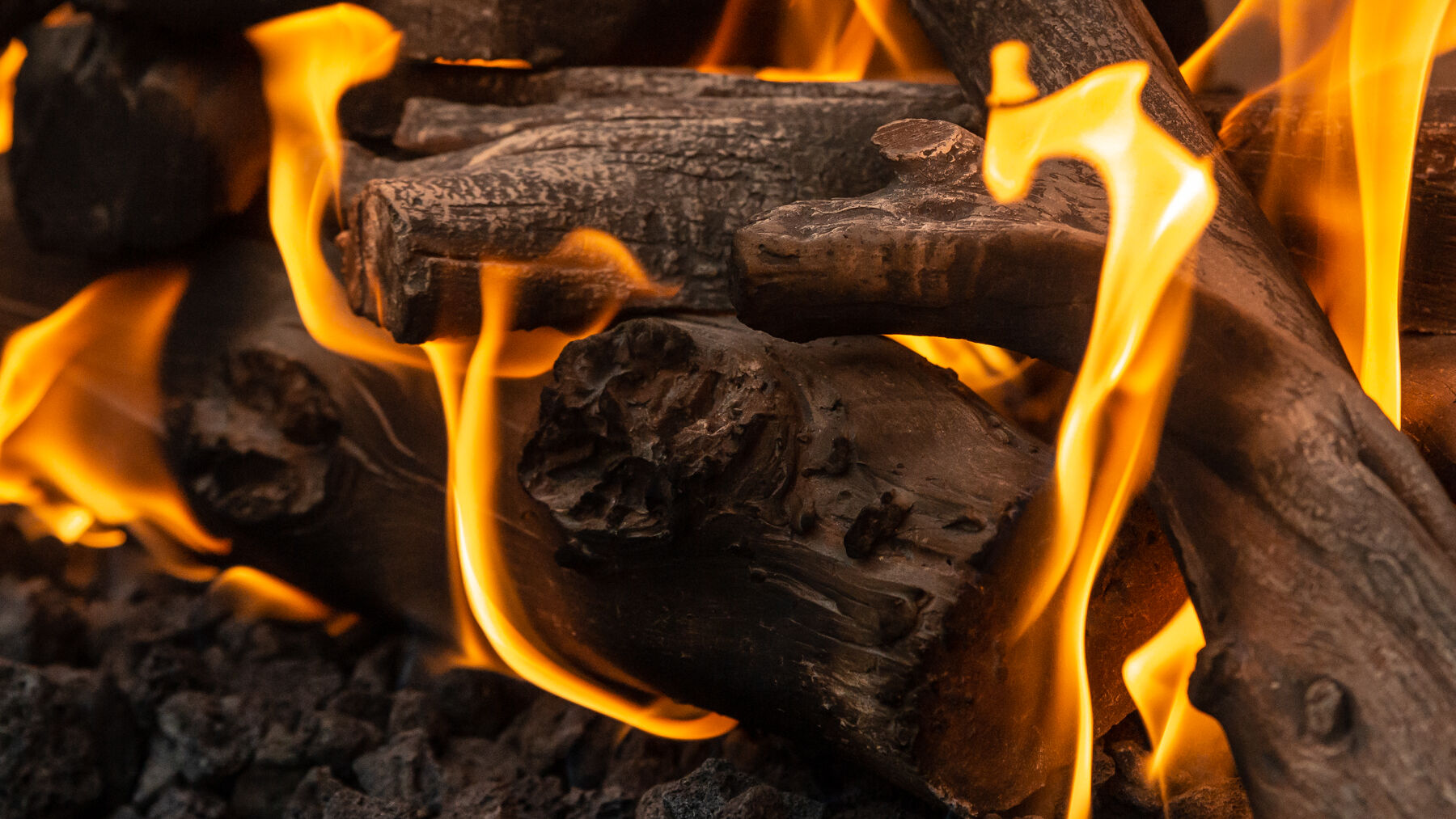
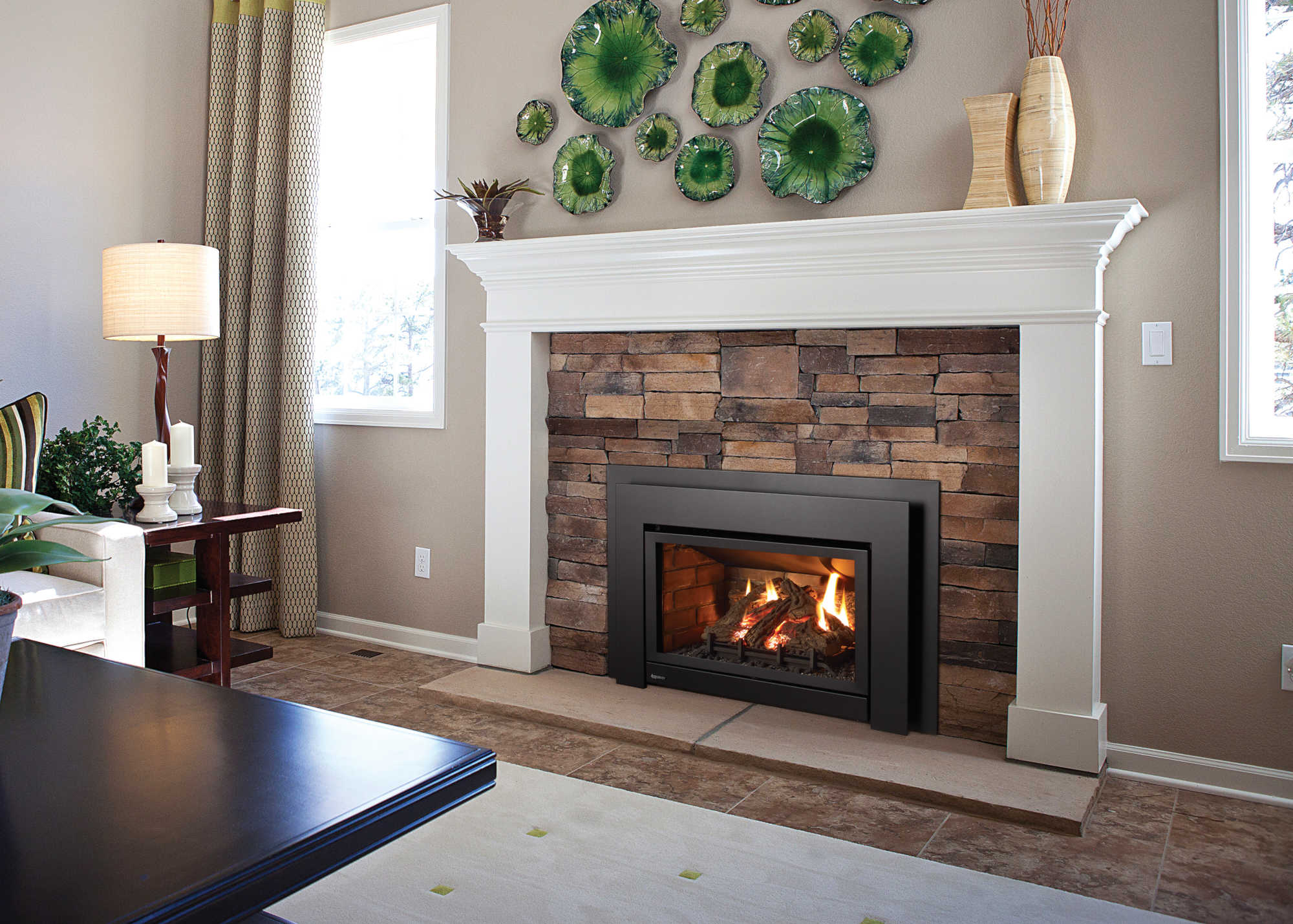
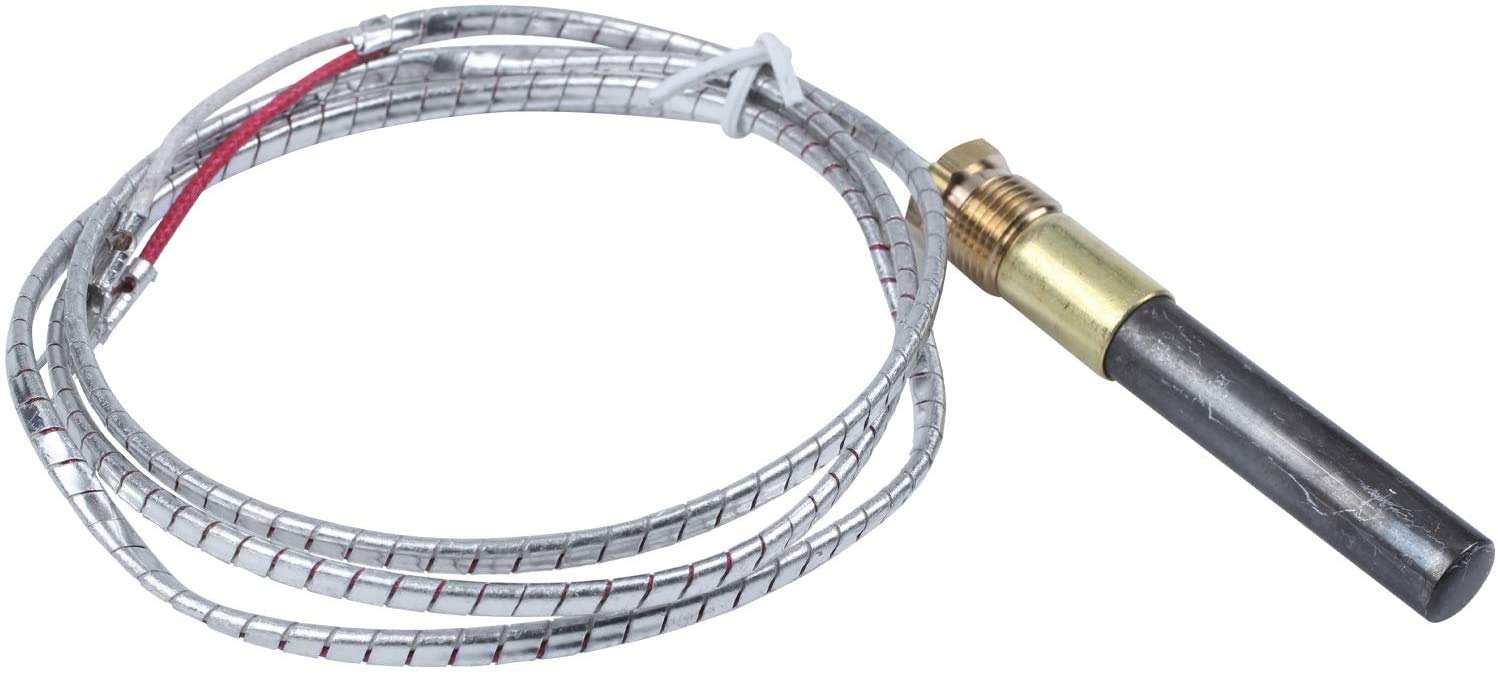
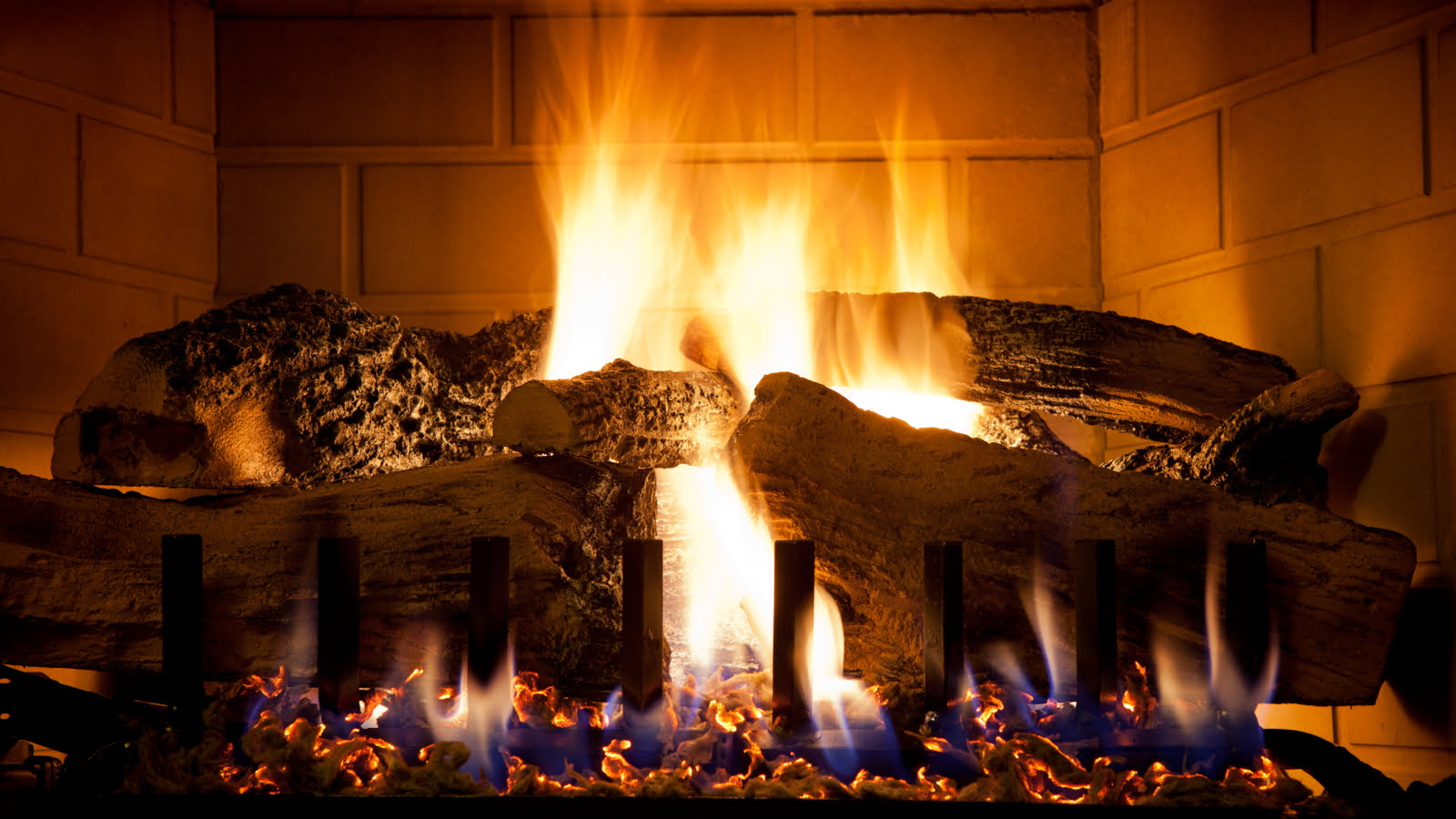
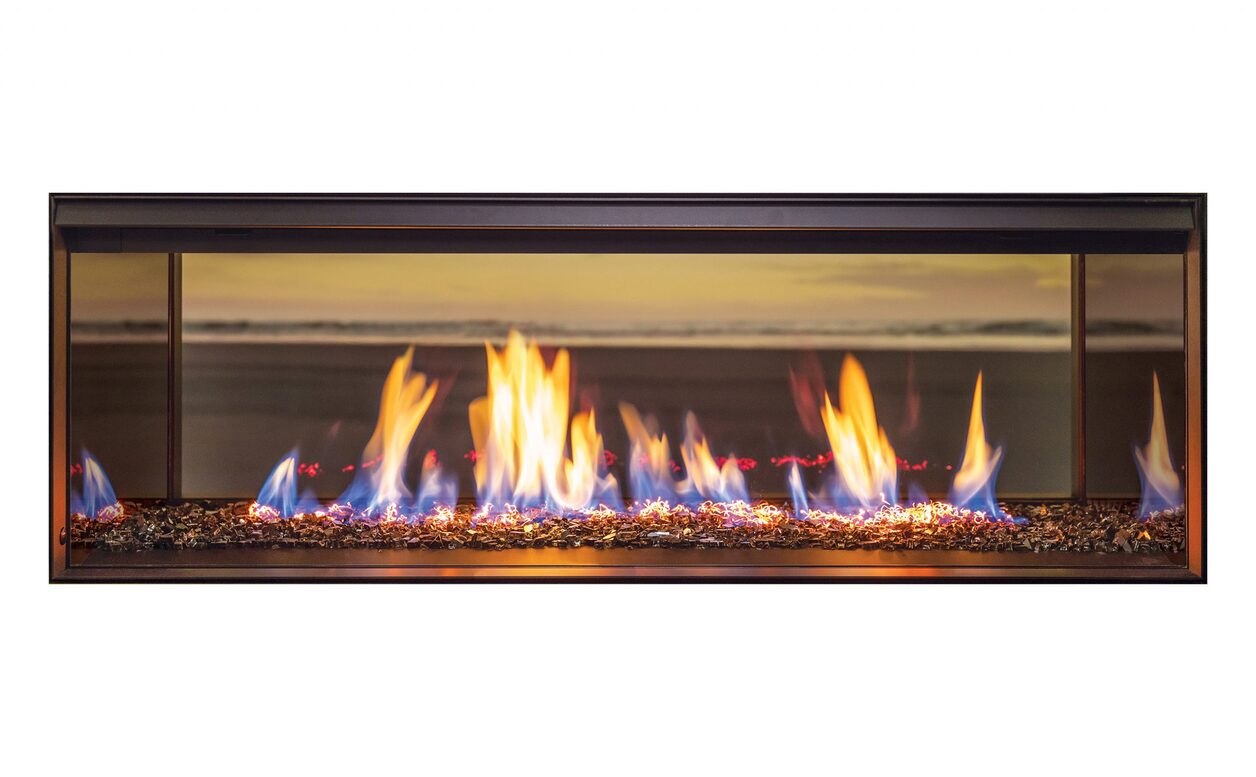
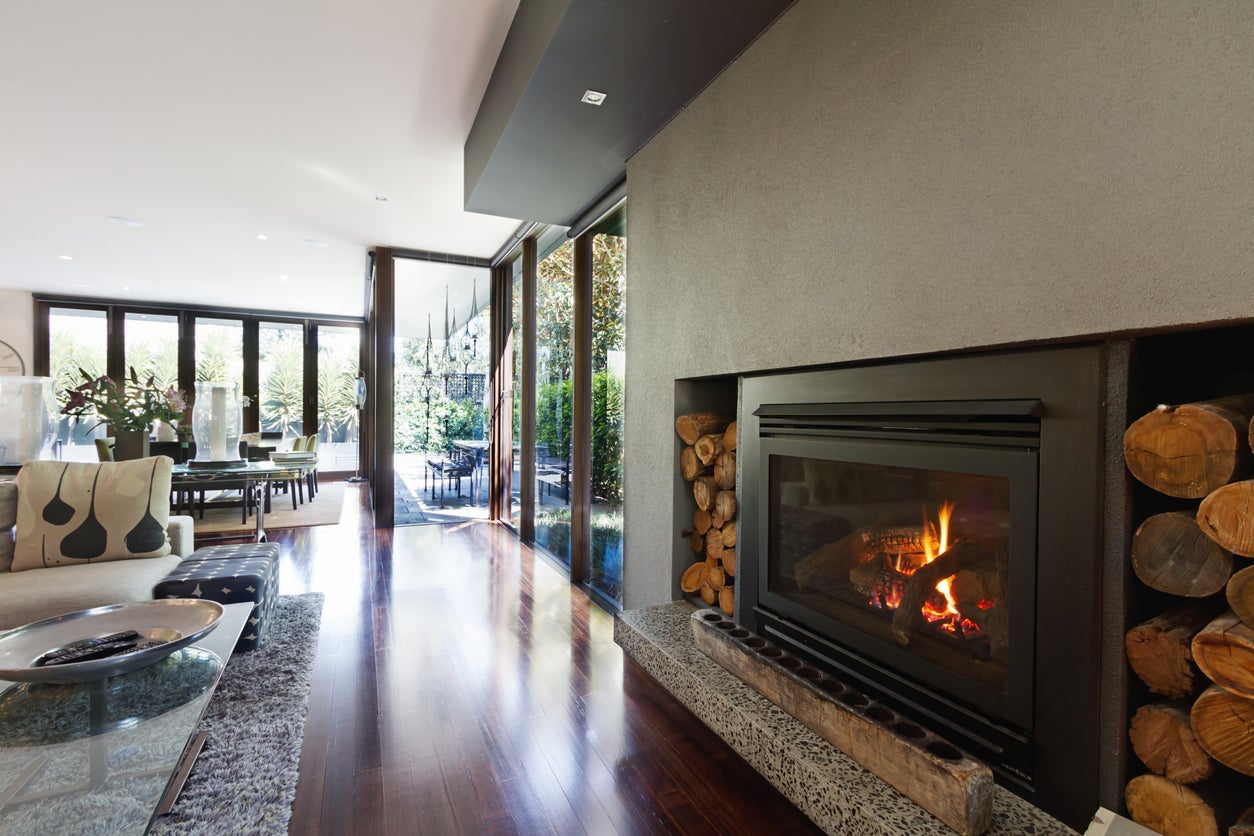
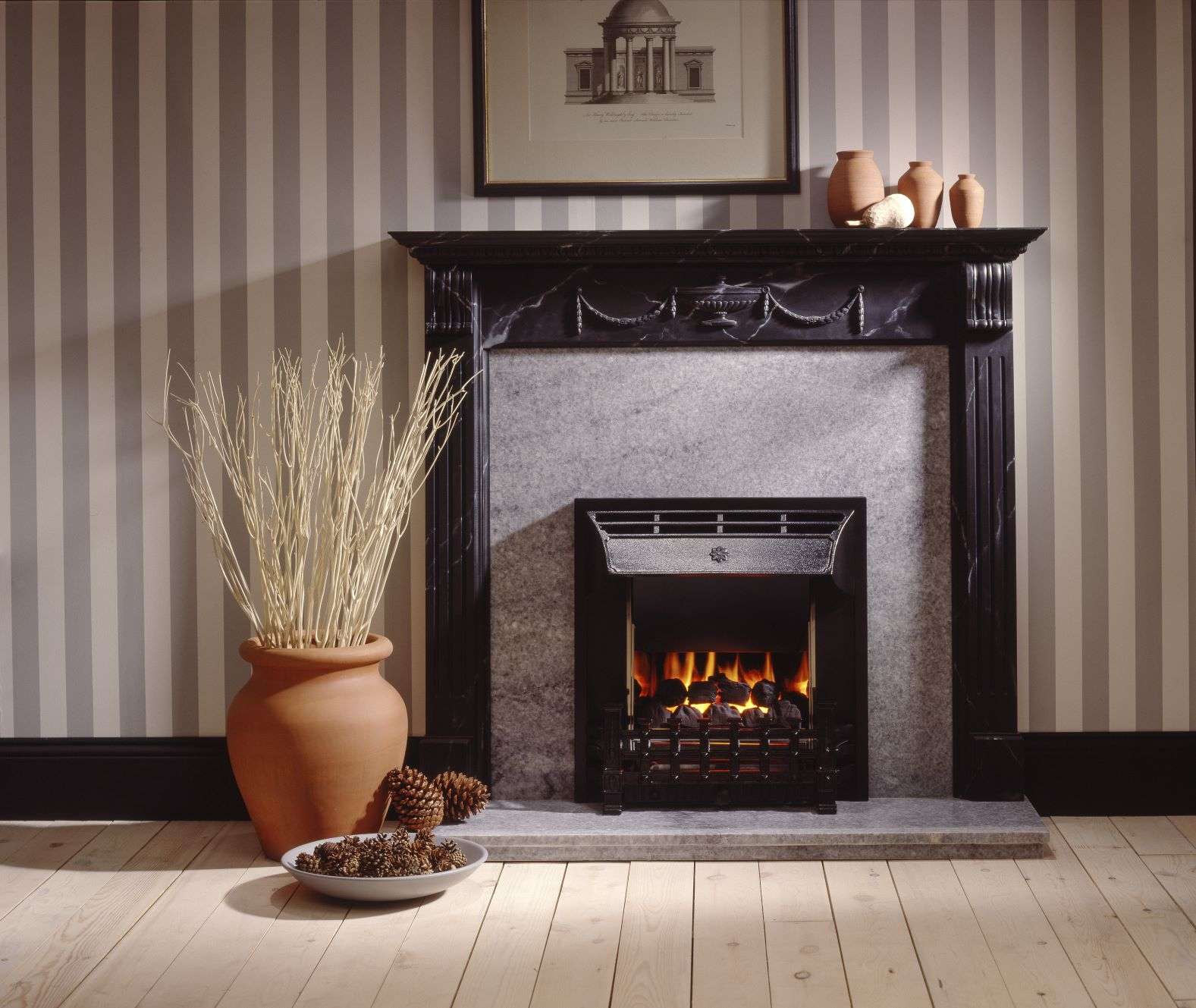
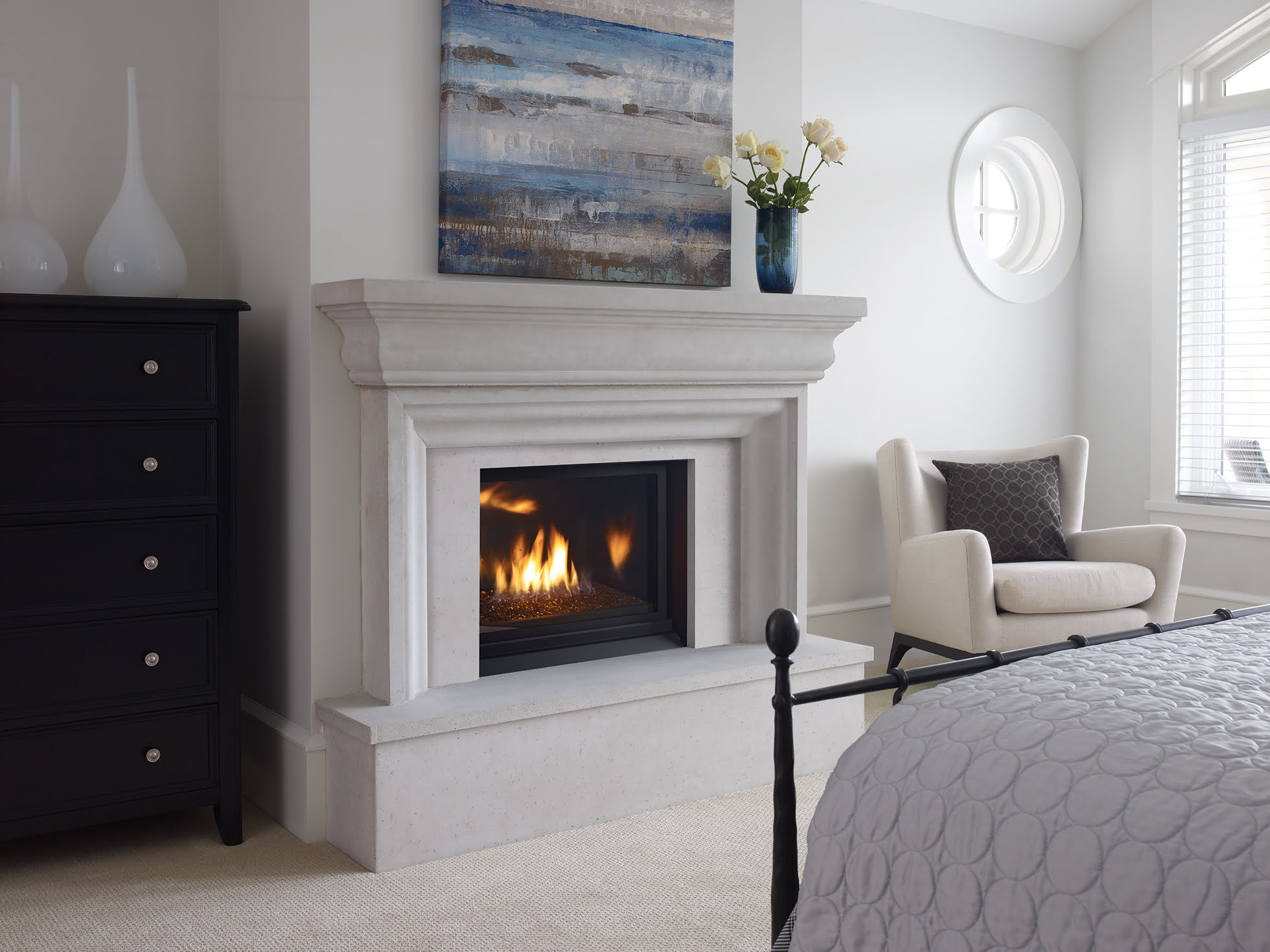

0 thoughts on “What Is A Gas Log Fireplace”